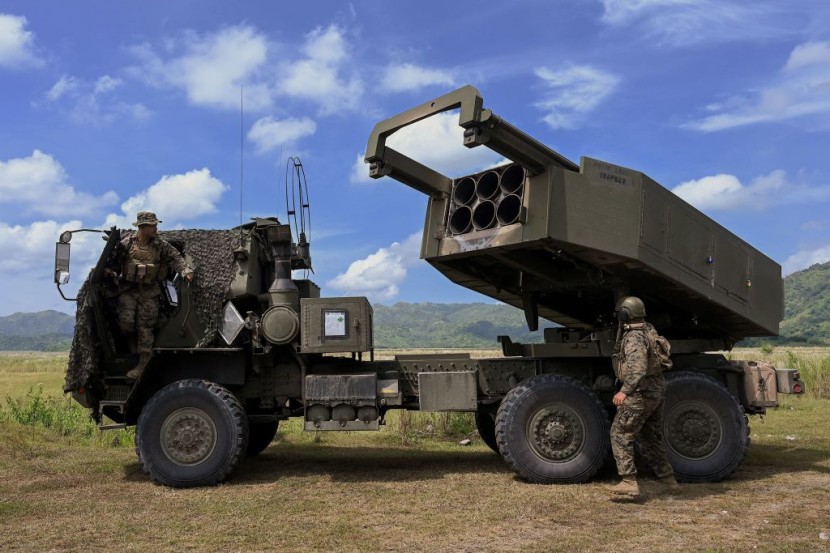
Supplied US HIMARS MLRS could be less effective than alleged sources that posit factors like cold and new Russian upgrades might soon make their mark. When the missile system arrived in Ukraine, it became a game-changer and is beating Russians as claimed, despite Russia advancing forces.
US HIMARS Faces Challenge in Combat During Winter
About 20 rocket launchers have been sent, with more coming, but Russian forces have countered them somehow, reported The EurAsian Times.
According to Zaporizhzhia region-based Russian air defense unit commander, new software can destroy these missiles.
Alexei Podberezkin explained that air defenses must hit the warhead accurately and estimate its range of fire at long range to estimate the attack precisely. It shows there is an effort to counter the US MLRS with better understanding and means, with new Russian upgrades giving an edge.
Some reports say that Russian forces got an intact missile, studied it from the Kremlin, and ordered a merciless barrage on the Ukrainian power grid.
A Russian officer in the 1st army corps of the Donetsk region told Ria Novosti that since the onset of winter, the US MLRS has been less active.
Russian Weapons Upgrades Busts US MLRS
A veteran of the Indian Air Force and military analyst, Vijainder K. Thakur, informed the EurAsian Times that the US HIMARS Multiple Launch Rocket Systems aren't suitable for combat missions in the East European region in the fall and winter, states Military.com.
He added the Ukrainians are having a technical problem as freezing winter temperatures go down. There will be no foliage to seek for cover and hard-to-build tracks in mud and snow; special fuel and lube make it hard to operate.
Thakur explained that the restrictions on the Ukrainian HIMARS by the beginning of winter have reduced the system's ability to "shoot and scoot."
No cover means the mobile rocket launcher cannot do its rapid-fire shoot and scoot as the AFU does. There will be no place to hide like a forest. Once the system fires than is exposed and allows Russian forces to detect, then aim to destroy it. Several systems like Russian drones, satellites, and planes like Tu-214R can the missile systems, giving targeting info.
The Tu-214R is a Russian reconnaissance aircraft equipped with optical and electronic hardware and radar systems. Ru,sia first used it in Syria; now it is hounding Ukrainian targets, per Bulgaria Military.
Russia has also sped up launch services for route planning and more of its surveillance aircraft. On November 28, Russia with another piece to its GLONASS global positioning system.
To combat HIMARS, Russia has already positioned its own Tornado-S Multiple Launch Rocket System (MLRS), as shown in a November article from the Eurasia Times.
Remarkably, the Tornado-S has a 120-kilometer shooting range compared to the Ukrainian HIMARS 100-kilometer range. These Ukrainian launchers are destroyed more as they are spotted, and the Tornado-S MLRS has a more extended range.
Overall, the US HIMARS is losing to the freezing winter, and no cover means new Russian upgrades can stop the rockets and hit back.
Related Article : Russian Buk-M3 Operator Claims Self-Propelled Missile Defense System Capable of Destroying HIMARS, Ukrainian Armed Forces Aircraft








